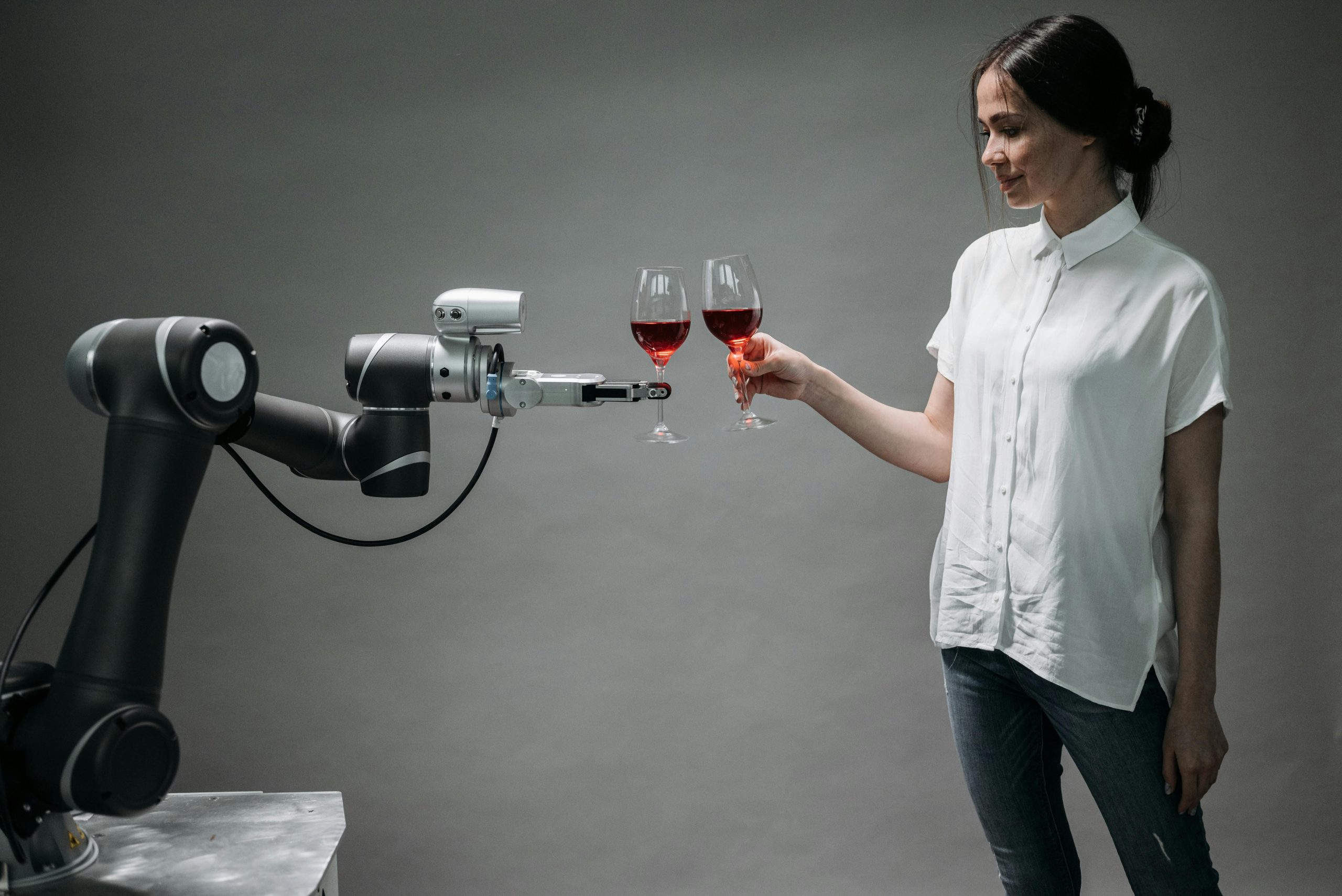The New Generation of Electrical Sensors and Actuators
In the complex tapestry of modern technology, electrical sensors and actuators are the unsung heroes, serving as the eyes, ears, and muscles of countless systems. From the intricate operations of a smart factory to the subtle adjustments in a household appliance, these devices translate real-world physical phenomena into electrical signals and vice-versa. They are fundamental to automation, control systems, and the rapidly expanding realm of the Internet of Things (IoT).
However, what was once a relatively straightforward field has blossomed into a sophisticated landscape driven by innovation. The new generation of electrical sensors and actuators is characterized by enhanced precision, miniaturization, connectivity, intelligence, and energy efficiency. These advancements are not merely incremental improvements; they are transformative, enabling unprecedented levels of control, data collection, and autonomous operation across every industry.
Understanding Sensors and Actuators: The Fundamental Pair
Before exploring the innovations, it’s essential to grasp their core functions:
- Electrical Sensors: Devices that detect physical quantities (like temperature, pressure, light, motion, chemical composition, proximity) and convert them into measurable electrical signals. They provide the input data that control systems need to make decisions. Think of them as data collectors.
- Electrical Actuators: Devices that convert an electrical signal (from a sensor or controller) into a physical action or motion. They perform the output functions, manipulating the physical world based on the system’s commands. Think of them as the doers.
Together, they form the crucial feedback loop in any automated system: Sense → Decide (Control) → Act.
The Evolution: What Defines the «New Generation»?
The latest wave of innovation in electrical sensors and actuators is driven by several key technological trends:
- Miniaturization and MEMS Technology:
- Innovation: Micro-Electro-Mechanical Systems (MEMS) technology allows for the creation of incredibly tiny sensors and actuators on a silicon chip. This includes accelerometers, gyroscopes, pressure sensors, and micro-mirrors.
- Impact: Enables integration into smaller devices (wearables, smartphones, IoT nodes), vastly expands deployment possibilities, and reduces material costs. Their small size often means lower power consumption and faster response times.
- Enhanced Sensitivity and Precision:
- Innovation: New materials (e.g., graphene, nanomaterials) and advanced fabrication techniques are leading to sensors that can detect minute changes with extreme accuracy. Actuators are achieving finer granular control.
- Impact: Critical for applications requiring high fidelity, such as medical diagnostics, advanced robotics, precision manufacturing, and environmental monitoring where slight variations can be significant.
- Smart Sensors (Sensor Fusion & Edge Intelligence):
- Innovation: Beyond simple data collection, «smart sensors» incorporate embedded microprocessors, memory, and communication capabilities. They can perform some data processing and analysis directly at the «edge» (where the data is collected) before sending it to a central system. Sensor fusion combines data from multiple sensor types for a more comprehensive understanding of the environment.
- Impact: Reduces the amount of data sent to the cloud (saving bandwidth and power), improves response times for critical decisions, and enables more sophisticated local decision-making in autonomous systems.
- Connectivity (Wireless & IoT Integration):
- Innovation: The new generation is designed for seamless integration into the Industrial Internet of Things (IIoT) and broader IoT ecosystems. This involves embedded wireless communication modules (Wi-Fi, Bluetooth, Zigbee, LoRaWAN, 5G) and standardized communication protocols.
- Impact: Enables vast networks of connected devices, facilitating remote monitoring and control, predictive maintenance, and real-time data exchange across distributed systems without complex wiring.
- Energy Efficiency and Self-Powered Solutions:
- Innovation: Significant reductions in power consumption for both sensors (e.g., ultra-low power consumption for battery-operated devices) and actuators (e.g., highly efficient motor designs). Research into energy harvesting (e.g., from vibrations, light, temperature differences) aims to create self-powered or battery-less sensors.
- Impact: Extends battery life in remote devices, reduces maintenance costs associated with battery replacement, and enables deployment in inaccessible locations without external power.
- Advanced Actuator Technologies:
- Innovation: Beyond traditional motors, the new generation includes:
- Piezoelectric Actuators: Offer precise, rapid, and very small displacements, ideal for micro-positioning, haptic feedback, and vibration control.
- Shape Memory Alloys (SMAs) & Electroactive Polymers (EAPs): «Smart materials» that change shape or properties in response to electrical signals, enabling compact and quiet actuation.
- High-Efficiency Motor Controls: Integration of advanced power electronics (like Variable Frequency Drives – VFDs) with highly efficient motors (e.g., synchronous reluctance motors, permanent magnet motors) for precise, energy-optimized motion control.
- Impact: Enables finer control, quieter operation, and more compact designs, opening doors for advanced robotics, medical devices, and intricate automation tasks.
- Innovation: Beyond traditional motors, the new generation includes:
Impact Across Industries: Powering the Future
The innovations in electrical sensors and actuators are fundamental to the advancements seen in numerous sectors:
- Industrial Automation & Manufacturing: Enables next-generation industrial automation solutions, including collaborative robots (cobots) with highly sensitive touch sensors, predictive maintenance systems powered by vibration and temperature sensors, and smart factories where every machine is interconnected and self-optimizing. New actuators drive more precise robotic movements and energy-efficient process controls.
- Smart Homes & Buildings: Powers the core functionalities of smart home integration, from intelligent lighting (occupancy sensors, daylight sensors, smart dimmers) to automated climate control (temperature, humidity, air quality sensors), smart security systems (motion, door/window sensors), and energy management systems that adjust appliance usage based on real-time data.
- Automotive Industry: Essential for autonomous vehicles (LiDAR, radar, ultrasonic sensors, cameras for perception), advanced driver-assistance systems (ADAS), electric vehicle (EV) battery management (temperature, voltage, current sensors), and highly responsive vehicle control systems (ABS, stability control, electric power steering actuators).
- Healthcare & Wearables: Miniaturized sensors monitor vital signs (heart rate, blood oxygen, glucose), track activity, and enable sophisticated medical imaging. Micro-actuators are crucial for drug delivery systems and surgical robots.
- Environmental Monitoring: High-precision sensors detect pollutants, analyze air and water quality, monitor weather patterns, and track climate change indicators, providing critical data for environmental protection.
- Agriculture (Smart Farming): Soil moisture sensors, nutrient sensors, drone-mounted imaging sensors, and automated irrigation actuators optimize resource use, improve crop yields, and reduce waste.
The Future of Electrical Sensors and Actuators
The trajectory of electrical sensors and actuators points towards even greater intelligence, autonomy, and integration. We can expect:
- Self-Healing Capabilities: Sensors and actuators that can detect and even repair minor internal damage.
- Bio-Inspired Designs: Mimicking biological systems for enhanced sensing (e.g., electronic noses, artificial skin) and more fluid, efficient actuation.
- Increased Data Analytics Integration: Tighter coupling with AI and machine learning for deeper insights and more sophisticated automated responses directly at the device level.
- Even Greater Energy Independence: More widespread adoption of energy harvesting technologies to eliminate batteries in many applications.
- Standardization: Continued efforts to standardize communication protocols and interfaces to enable seamless plug-and-play integration across diverse systems.
The new generation of electrical sensors and actuators is not just about isolated components; it’s about the synergistic effect they create when combined within sophisticated electrical control systems and intelligent networks. They are the fundamental building blocks of an increasingly automated, data-driven, and interconnected world, powering the innovations that will shape our lives and industries for decades to come. Partnering with experts who understand these cutting-edge technologies is key to harnessing their full potential for your business or project.





